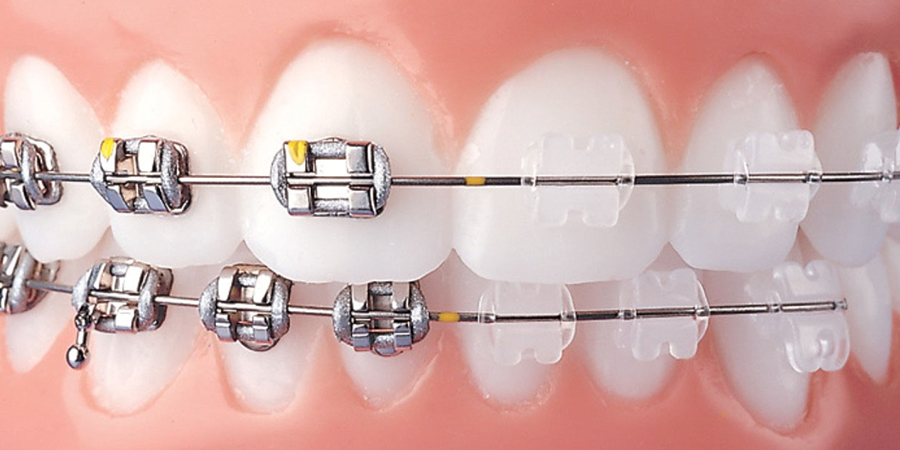
With orthodontic treatment, while the teeth take their place on the jawbone properly, the pains reflected on the joints, head, neck or other organs caused by the closing disorders disappear. Problems related to the digestive system, especially stomach problems, disappear by giving the person a full chewing function.
It is not possible to completely clean teeth with distorted positions (back and forth, or lying on their side). Teeth that cannot be completely cleaned are a candidate for caries. Orthodontics helps you to take better care of your teeth while keeping the teeth properly aligned, thus reducing the risk of caries.
Orthodontic Treatment Methods
Basically, we can say that there are two types of orthodontic treatment methods. There are movable devices that the person can insert and remove himself, and fixed devices that are affixed to the teeth by the doctor. These can also be divided into subgroups within themselves. For example, mobile devices can be for therapeutic or post-treatment reinforcement purposes.
Fixed devices, on the other hand, can be roughly divided into wires attached from the back surface of the tooth, metal and aesthetic wires attached from the front surface. Everyone’s problems and expectations are different. It is necessary to determine the type of treatment that will be most suitable for the patient. Materials and treatment types differ.
As the age of treatment varies from person to person, the duration of treatment also varies according to the character of the problem. The shortest duration of treatment is 6 months. Treatments lasting 1-2 years are the majority. There may also be treatments that take 3-4 years. In some special cases, the treatment period is prolonged. Like cleft lip and palate. It is definitely not a painful procedure. In the first week or two, there may be some minor problems related to adjustment. Apart from this, the patient continues his normal life by paying a little attention to what he eats. Once a month, it is necessary to see the doctor for control and adjustments.
Bracket Use
You can choose from metal, ceramic and plastic brackets. But orthodontic treatment is usually done using a stainless steel bracket. Ceramic and plastic brackets are generally preferred for aesthetic reasons, but at the end of the treatment, the plastic brackets may be stained and discolored. Since there is more friction between the wires and the bracket in braces made of plastic or ceramic, the treatment time may be prolonged. Your orthodontist will share with you possible options.
The brackets work by applying pressure to push the tooth in the desired direction. They are used for an average of 1-3 years. Since the teeth are displaced during the treatment, adjustments are required in between. In the past, brackets consisted of thick steel bands covering the tooth. With the new developments, the brackets are getting smaller and the orthodontic bands are rarely used anymore.
While braces are attached, your orthodontist dentist will use special adhesives to attach tiny braces to your teeth. Then, wires called spring wires are passed between these brackets. These spring wires provide a specific route in the direction the teeth will move. Small elastic bands called ligature can be used to connect the spring wires to the brackets, and the patient can choose a different color at each visit.
